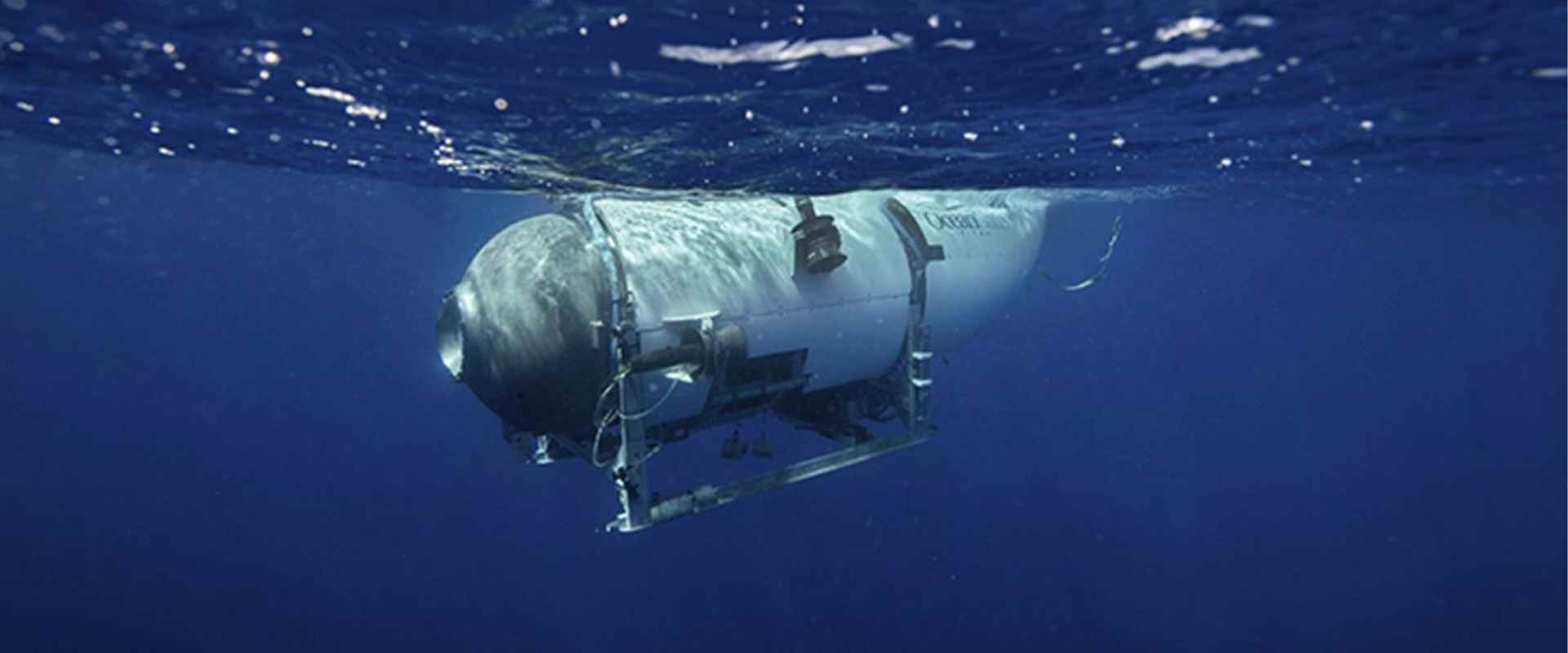The recent tragic incident involving OceanGate’s Titan submersible has brought the delicate balance between safety and exploration into sharp focus. As business leaders and professionals, navigating this equilibrium is paramount for success in an ever-evolving landscape of innovation and risk.
In every sphere of human endeavor, we are tasked with balancing the aforesaid dual imperatives whose interplay is similar to that between disciplinary structure and creative freedom.
The aforesaid, heartbreaking accident involving OceanGate’s Titan submersible with the death of all five explorers, which occurred under the leadership of OceanGate’s CEO and founder, Stockton Rush, serves as a poignant reminder of what can happen when this equilibrium tilts excessively towards excited exploration at the expense of established safety. As we discuss this theme further, we extend our deepest condolences to the families affected by this tragic incident. May the souls lost in this event rest in peace.
Let’s take a closer look at this theme through three relatable examples that could possibly help us properly navigate the delicate balance between safety and exploitation in our own lives:
- Example 1: Consider a tech startup that launched a revolutionary app without ample security testing, only to face a severe data breach within months. The ambition was commendable, but the neglect of safety led to financial loss and reputational damage.
- Example 2: On the other hand, reflect on a well-established company that overly emphasized operational safety and minimizing risk to such an extent that it failed to explore potentially groundbreaking ideas, thus losing out to competitors.
- Example 3: Contrast these with a biotech firm that balanced safety protocols and innovative pursuits efficiently. They succeeded in producing cutting-edge products, but not without conducting exhaustive trials to ensure their safety.
Now, what can we learn from these examples? How do we strike a healthy balance between safety and exploration in our ventures?
- Risk Assessment: Begin with a robust risk assessment before undertaking any new project. Identify potential hazards and prepare mitigation strategies.
- Safety Protocols: Establish and maintain clear safety protocols. Make sure your team is aware of these protocols through regular training and drills.
- Foster Innovation: Cultivate an environment that encourages innovative thinking. Allow room for your team to brainstorm and propose fresh ideas.
- Fail Safely: Embrace the concept of failing safely. When exploring new ideas, start with small-scale tests that minimize potential damage.
- Learn from Mistakes: When setbacks occur, focus on learning from them rather than resorting to blame. Use these instances as opportunities to enhance your safety procedures.
An overemphasis on safety can stagnate our progress, while excessive exploration that neglects due safety measures can lead to tragedies. Striking a harmonious balance between these two elements is the key to sustainable growth.
Before we wrap up, I have some exciting news. If this exploration of safety and exploration resonated with you, I can’t wait to share the upcoming edition of my book, “The MARVEL of Happiness: Principles, Stories, and Lessons For Living Fully.” This new edition delves deeper into the polarity of safety and risk, among other vital topics. Stay tuned!
Leaders, let’s reflect on our own organizations. Are we facilitating a healthy equilibrium between safety and exploration? Where could we make improvements?
Your insights, thoughts, and questions are always welcomed and appreciated. Together, we can learn, grow, and create a safer, yet innovative environment in our respective organizations.
Stay safe, keep exploring, and until next time.
Philippos
P.S. Your feedback and experiences can significantly contribute to our community. Don’t hesitate to share them, and let’s continue to grow together.


